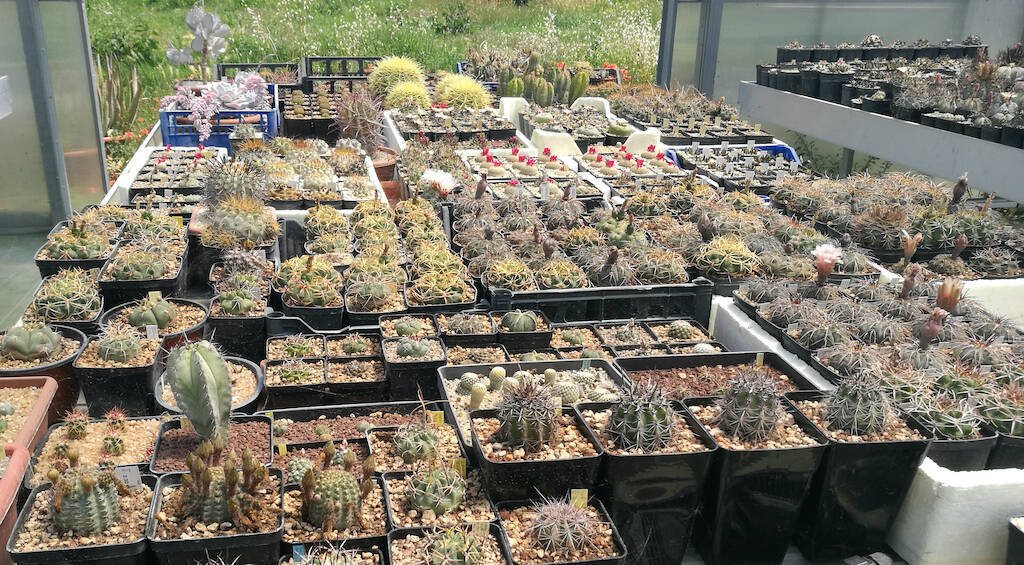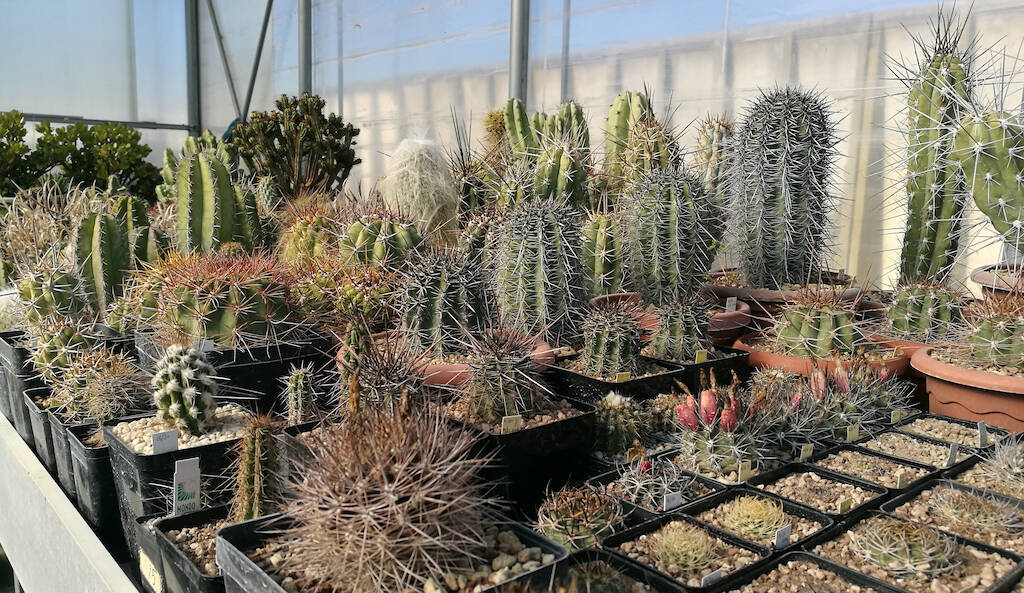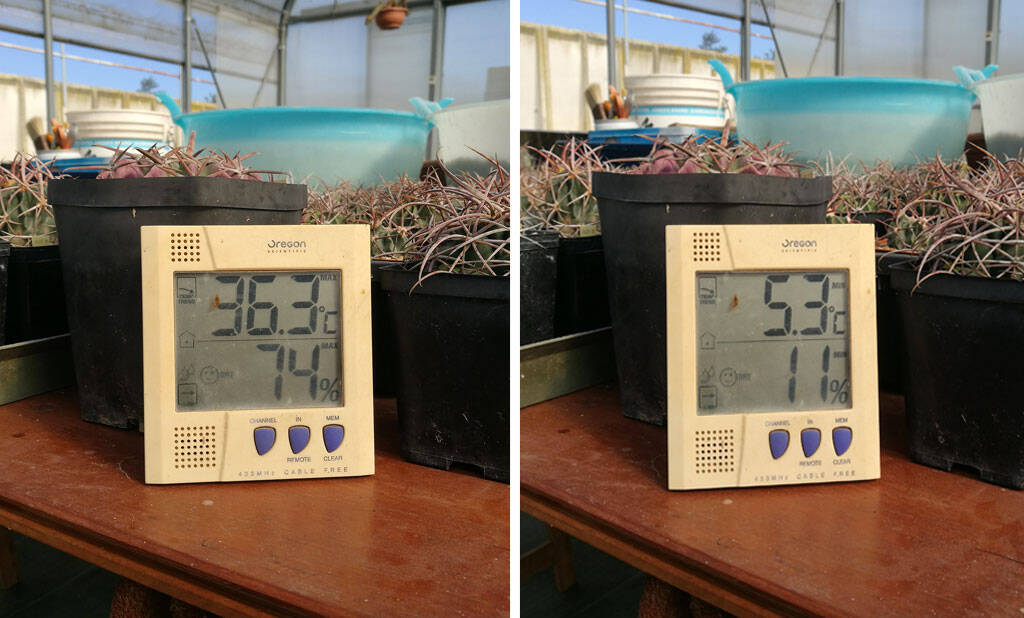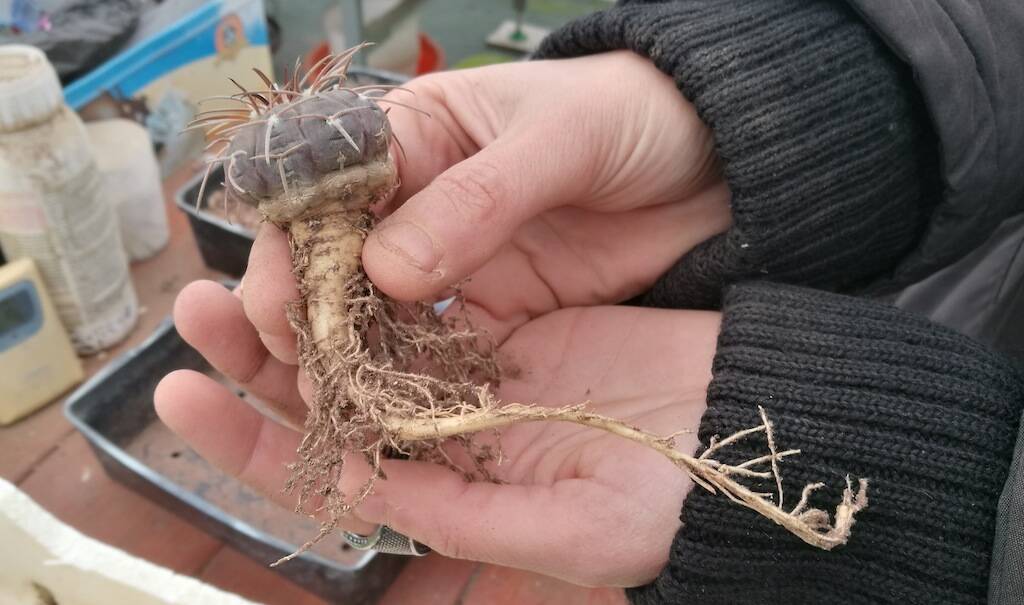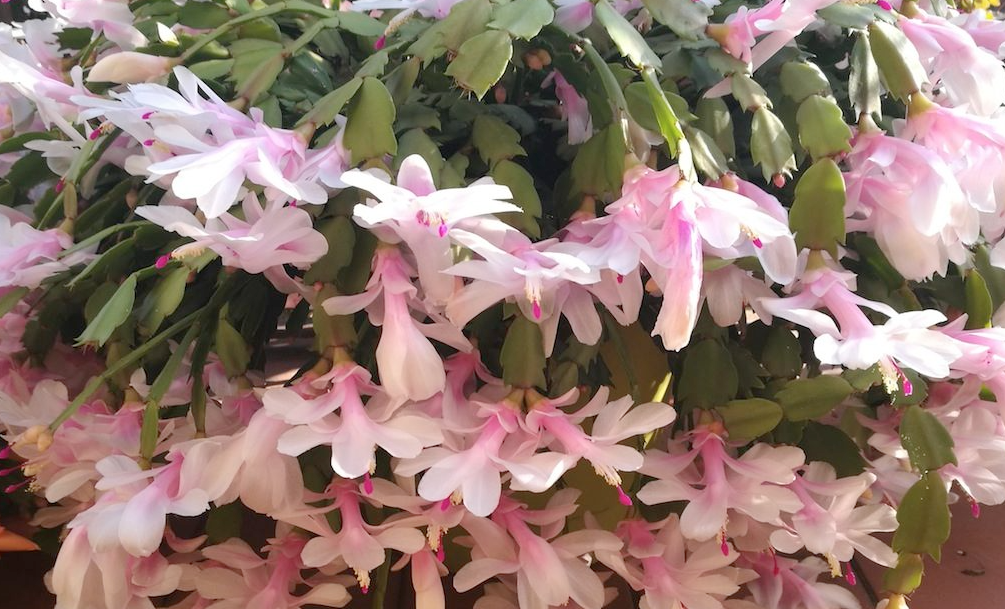Even in Northern Italy or, generally speaking, in Europe, September is usually a good time for cacti and succulent plants in general. Temperatures drop considerably, there is still plenty of light, and many plants start to vegetate again after the slowdown or stagnation of August when the highs are very high, and many succulents stop to save energy. However, September is also an important month ahead of the fall and winter season, when cacti and succulents stop growing altogether and allow themselves a long period of “rest” while waiting for the new growing season. It’s therefore decisive to accompany the plants on their journey and make the right treatments to arrive in the fall with healthy specimens and ready for the months of drought. Fundamental, for example, is the irrigation regime in this period.
In this article, we see what you need to do this month for keeping cacti and succulents in perfect health, even preparing them for winter diminishing the risk of rot and loss. (…)


